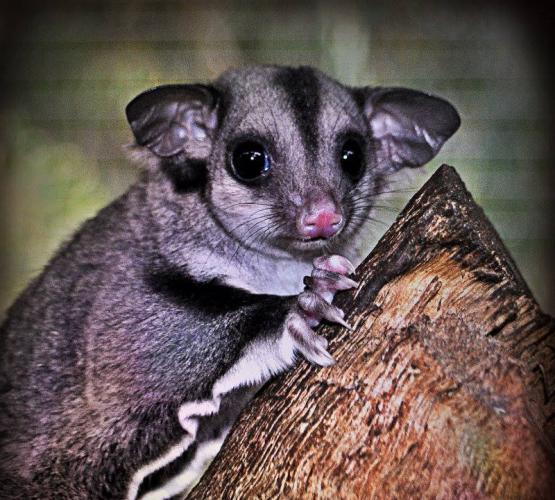- +61 8 9248 1984
-
WHITEMAN
13.0℃

Petaurus breviceps
Least Concern
4 - 5 Years
120 Grams
Sugar gliders have a relatively varied diet which includes the gum produced by acacias (wattles), the sap from certain eucalyptus, pollen and nectar from many native plants and invertebrates. Sometimes they will consume the seeds from acacias.
Sugar Gliders are found in wet and dry sclerophyll forests and woodlands, from the Fitzroy River in the North-west following the coast to Adelaide in the south and also Tasmania. Also found in Papua New Guinea.
The Sugar glider belongs to the family Petauridae that includes 3 other species of glider, the endangered Leadbeater’s Possum and the unusual Striped Possum. The patagium is the expanse of skin between the fore and hind limbs used for gliding with the group of gliders and flying bats. This membrane helps the glider in open forest reach from tree to tree without having to go to ground. Sugar gliders can glide up to 50 meters using its hind limbs for pushing off and its long tail as a rudder. Females generally rear 2 joey’s in the pouch. At 4 months the young start exploring their surroundings. By 7-10 months the young leave the family group in search of other groups or a solitary life for some young males.